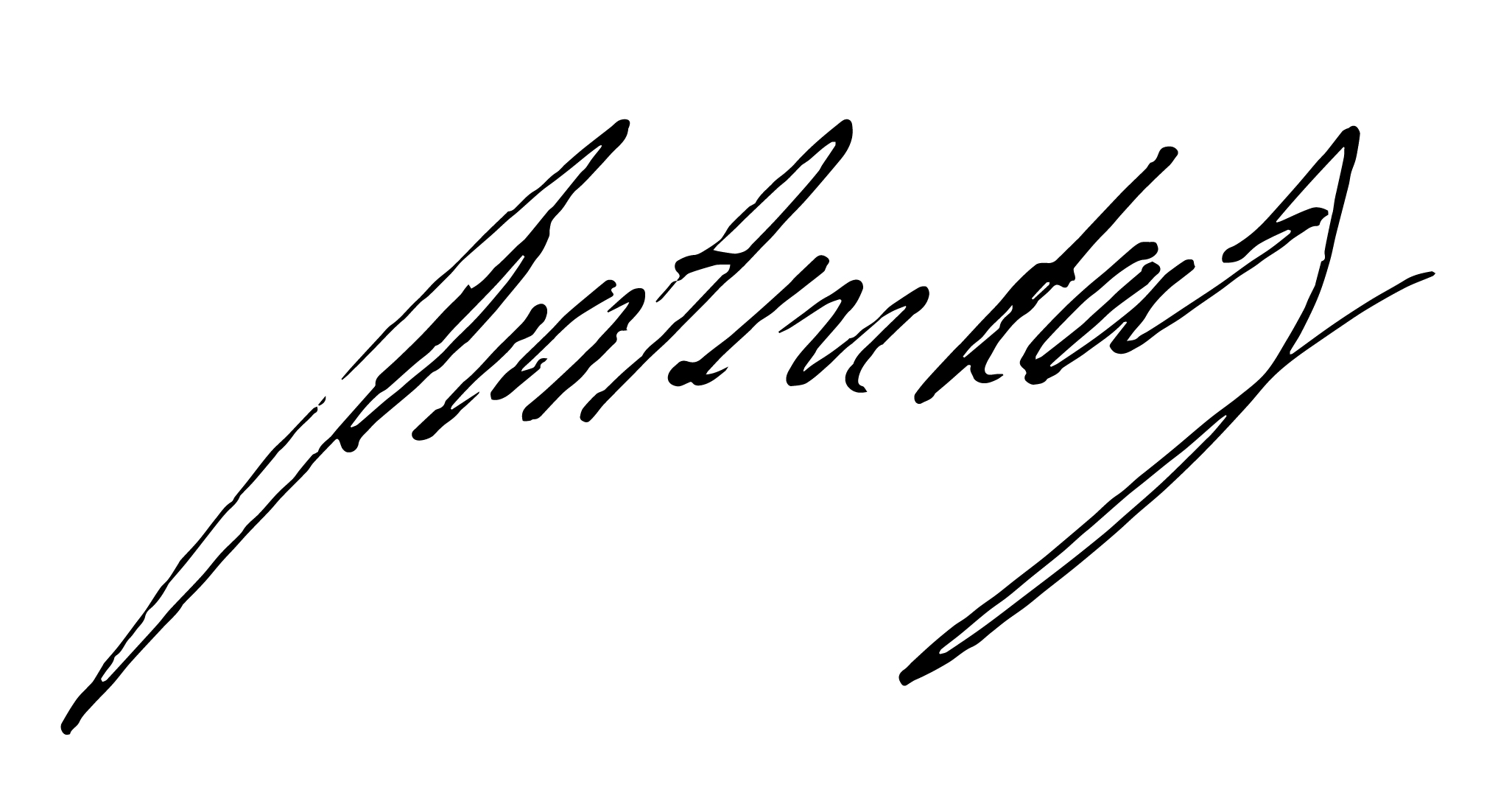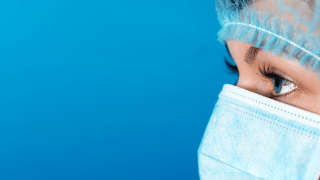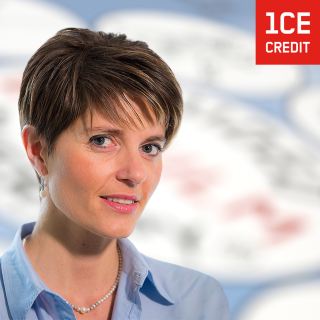COVID-19:
牙科气溶胶预防手册
SARS-COV-2大流行对牙科诊疗构成巨大挑战
由于 病 毒 可 在口腔、鼻 腔以 及咽 喉 部 检 出,故 牙 科 气 胶会对健康构成一定威胁。我们想就气溶胶这个主题与 你们分享一些有用的信息。
最主要的传播途径是飞沫传播1 。近期的研究表明不排除 SARS-COV-2可在正常社交活动中通过气溶胶进行传播。 然而,在当前阶段似乎还不能达成最终的共识2 。气溶胶 不同于飞沫和喷雾。由于其较小的颗粒尺寸(< 50m),它 们可以被带到几米开外的地方,并可在房间中停留长达 30分钟的时间3 。.
如何减少牙科气溶胶的污染?
已有研究证实治疗前使用氯己定溶液含漱30-60秒钟能够 使牙科气溶胶内细菌载量减少高达70%4,5,6。EMS公 司与来自牙科领域 及化学领域的多名专家进行合作,共 同研发一种VIRUPROX®含漱液。
这 种 新 的 溶 液 包 含 过 氧 化 氢(1 . 5 %)以 及 西 吡 氯 铵 B (0.05%),能够有效杀菌消毒。我们推荐患者在每次治 疗开始之前使用VIRUPROX®含漱60秒钟。如果条件允许, 治疗后30分钟应该重复该步骤。
正确的使用口罩,护目镜,面罩以及有 效安 全的器 械 消 毒是必不可少的。A IR FLOW®、PIEZON®机头以及所有 工作尖(PS)在每 次 治疗结束都应该进行消毒。表面消 毒以及定期清洗吸唾系统同样是必要的措施。强烈建议 在每个患者治疗结束后保持治疗诊室的良好通风11。
如何减少气溶胶的形成?
常 规治疗使用的几乎所有牙科设备均会产生气溶胶:低 速 和 高速手 机,涡 轮,声波 和 超 声波 装 置,三 用枪以 及喷砂 装置12。使用吸入量至少为30 0L/m i n的强吸系统联合良好 的吸唾能够有效减少气溶胶的形成12,13。牙科四手操作能够 允许最佳的吸唾14。当医生单 独 进行 专业菌 斑 生物膜清除 时,熟练的吸唾技术配合Optragate ®开口器的使用能够很好 地减少气溶胶。
补充信息及建议
我们参考比萨大学菲利波·格拉西尼亚教授发表的科学论 著《牙科诊疗操作中COVID-19的传播:浅谈意大利防护 措施》。格拉西尼亚教授是欧洲牙周病学联盟(EFP)以 及意大利牙周与种植学学会的前任主席。(A)
巴伐利亚州牙医学会以及巴伐利亚州法定健康保险牙医协 会通过他们信件《牙科治疗:COVID-19不会增加牙科治 疗风险》向患者传达了宽慰的话语。(B)
你们可通过下一页的链接以及二维码找到这些文章。
冠状病毒新株SARS-COV-2将会长期与我们同在,菌斑生 物膜亦是如此。
我们希望你们早日能够给你们的患者提供EMS公司倡导的 舒适的“以菌斑控制为导向的治疗”。
健康至上。
保持健康!
2020年4月29日
A Chlorhexidine-di-Gluconate
B Cetylpyridinium Chloride




Prof. M. Mensi Prof. em. Dr. med. dent Dr. med. dent. Dr. med. dent.
DDS, Dipl. Chem. Ing. ETH S. Wildgen K. D. Bastendorf
Brescia Adrian Lussi Munich Eislingen
Bern
B. «Dental treatment: No increased risk in dental practices despite Covid-19».
2. https://www.rki.de/DE/Content/InfAZ/N/Neuartiges_Coronavirus/Steckbrief.html
11. Izzetti R, Nisi M, Gabriele M, Graziani F (2020) COVID-19 Transmission in Dental Practice: Brief Review of Preventive Measures in Italy. J Dent Res 17:22034520920580. doi: 10.1177/0022034520920580
新
观看录制的网络研讨会,了解有关COVID-19的新战略、新见解和新策略,它对您及您的诊所当前和恢复阶段至关重要。
COVID-19危机期间管理非手术牙周病



